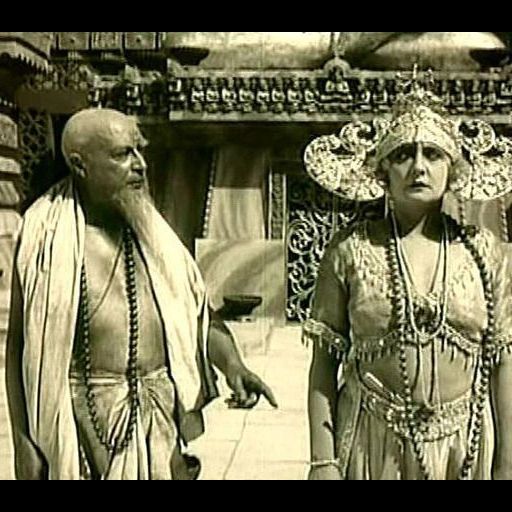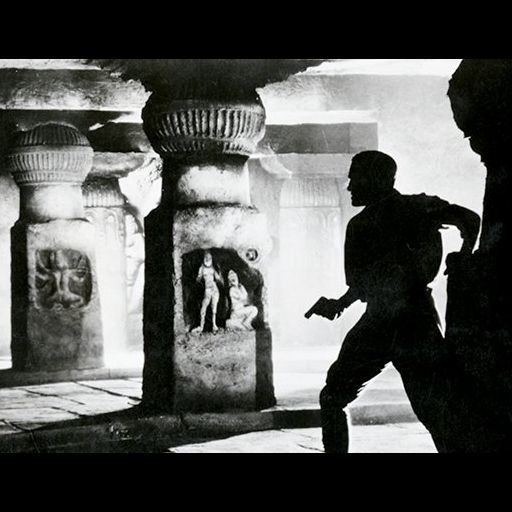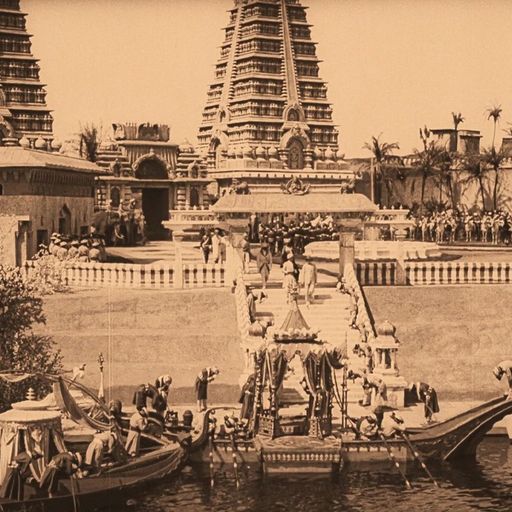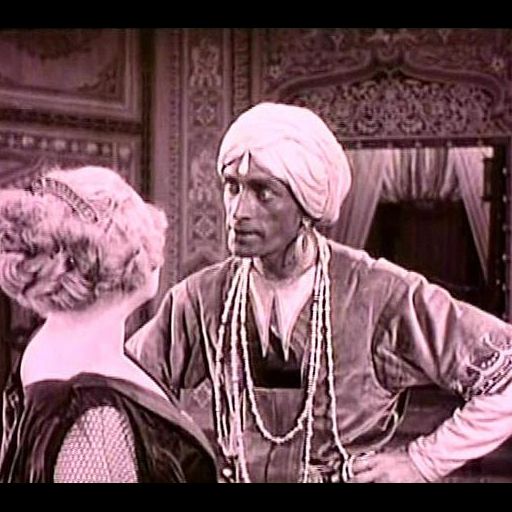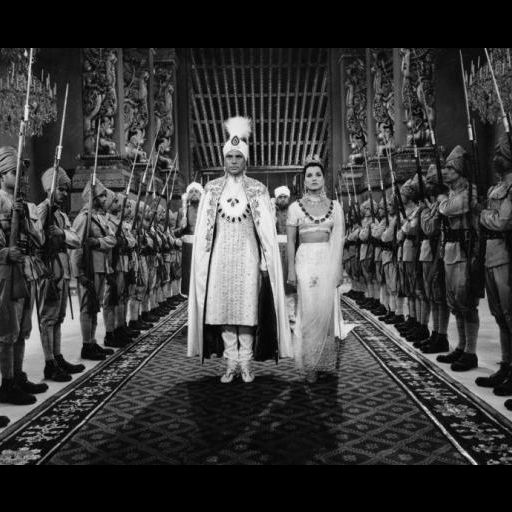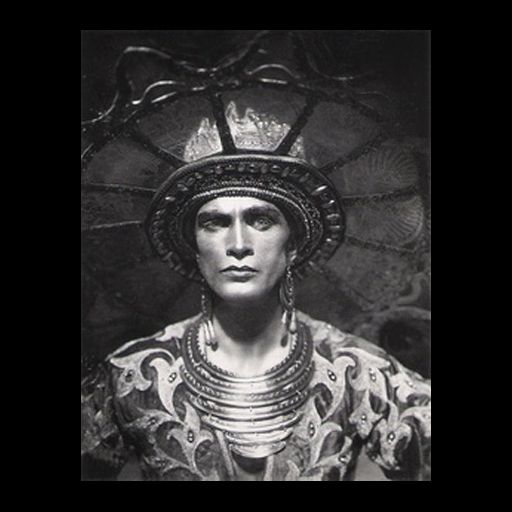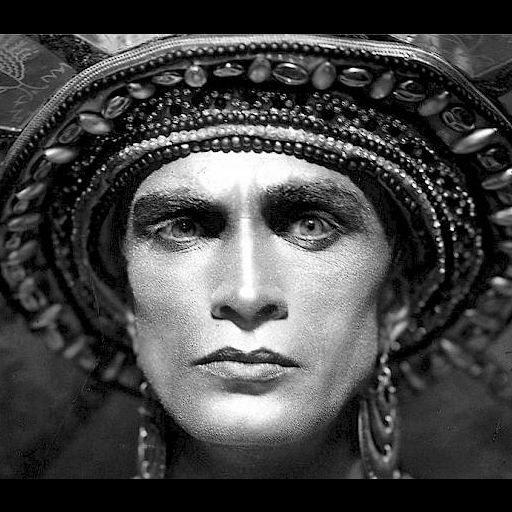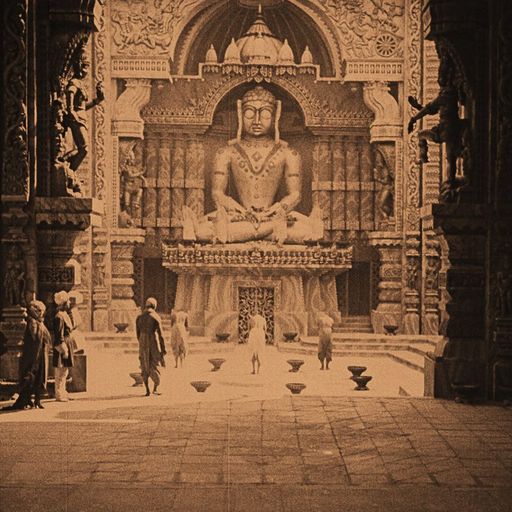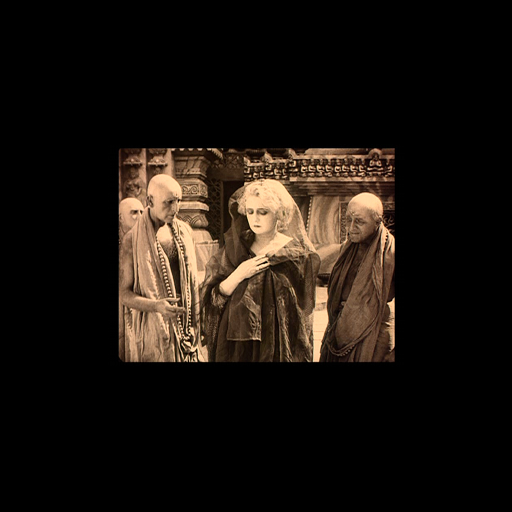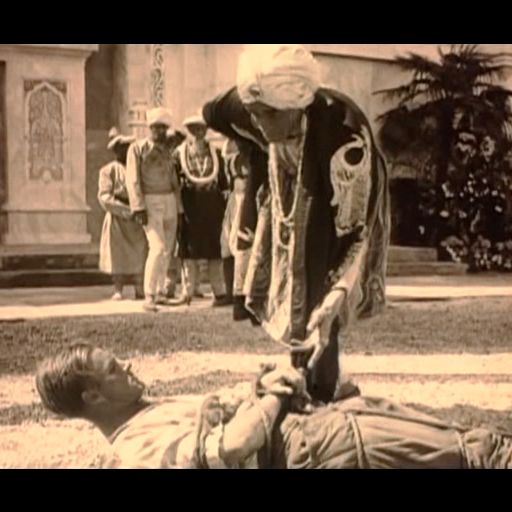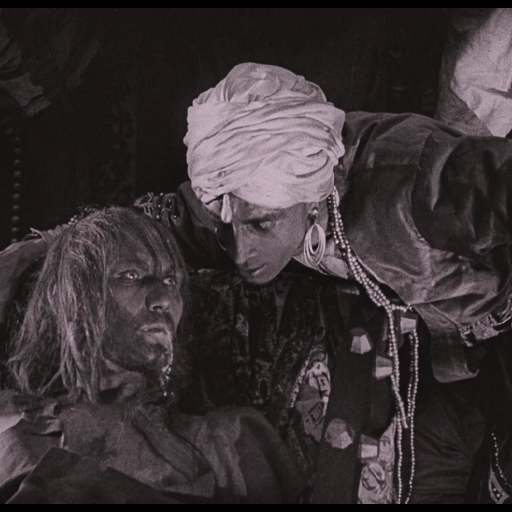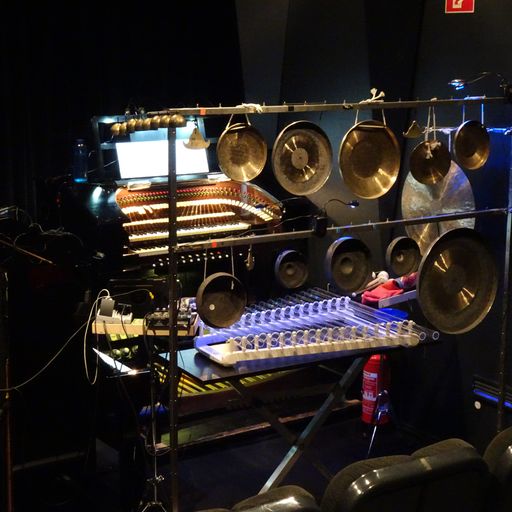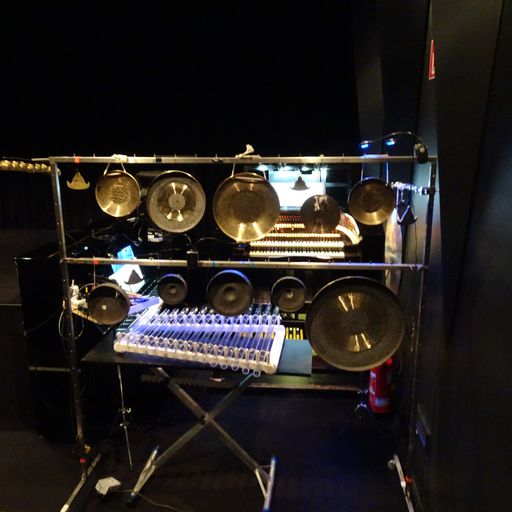Short and Sweet:
Part 1: The Show of the Yogi
The Maharaja of Eschnapur sends his yogi, Ramigani, to the architect Herbert Rowland in England. Rowland is tasked with building a tomb for the Maharaja’s wife. Under the spell of the yogi, Rowland immediately follows him to India. He leaves a letter for his fiancée Irene, informing her of his travel destination, but the letter is magically removed by the yogi. However, thanks to Rowland’s servant, Irene discovers where he has gone and hastens to Eschnapur as well.
The Maharaja confides in Rowland, revealing that the Princess Savitri is still alive and being held captive in her chambers. The vengeful Maharaja wants to punish both Savitri and the British officer Mac Allan, with whom she had a love affair, by sentencing them to death.
Part 2: The Tiger of Eschnapur
Irene learns that Rowland has defied the Maharaja’s orders and has attempted to contact her. As a result of the curse of an ascetic, he has become afflicted with leprosy and is languishing in quarantine in the courtyard of the lepers. At Irene’s request, he is healed by the yogi Ramigani.
Mac Allan, after a desperate flight through the wilderness, is captured by the Maharaja’s tiger hunters and thrown into the palace dungeon. The Maharaja has him torn apart by his tigers. The dancer Mirrjha, who is a confidante of Princess Savitri, is also not safe from the prince’s vengeance. She is murdered by a deliberate snakebite. As she dies, she warns Rowland and Irene of their impending deaths. Consequently, they decide to escape together with the princess.

